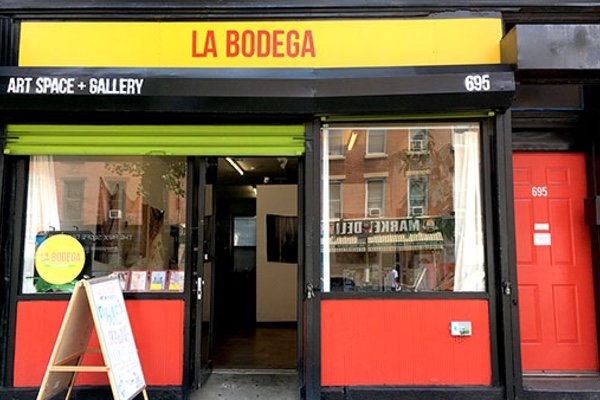Spring 2019 Highlights
By John S. Berman, WTP Art Correspondent
Four times a year, WTP art correspondents from around the country will report back on the previous season, with images from exhibitions you otherwise might have missed, and their own insights into these varied venues.
When we were growing up, many of us heard the cliché, “good things come in small packages,” an excuse for our parents not having the energy or financial resources to buy us that gift we really wanted. Although this promise rarely rang true in my own childhood, when it comes to engaging with art as an adult, solo shows in intimate venues have contributed to some of my most memorable viewing experiences. This spring in Brooklyn, three small galleries, La Bodega in Greenwood Heights; Ground Floor Gallery in Park Slope; and Welancora Gallery in Bedford Stuyvesant, featured outstanding one-person shows by three distinctly unique artists.
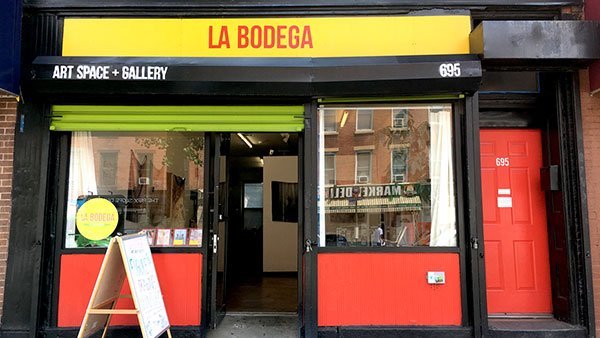
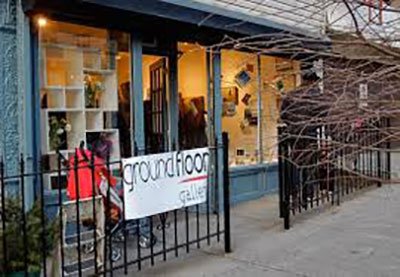
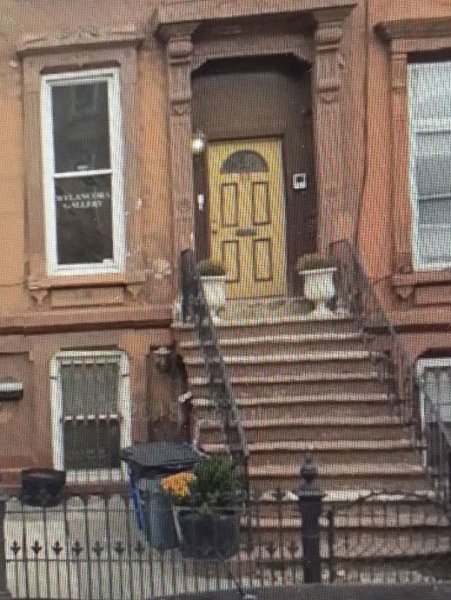
La Bodega (Spanish for “The Market”) is a true community gallery, founded by Mexican artist Miguel Ayuso in 2017, who then partnered with current gallery director and prolific artist Johnny Thornton to create an open and welcoming space for exhibitions, art workshops, performances, readings, and film screenings. Ayuso emphasized the importance of building bridges (not walls) in a community that has historically been largely Latino but now finds itself home to a white influx of new residents, some of whom have been priced out of surrounding neighborhoods.
This spring, La Bodega showcased the paintings of Peter Mallo, whose exhibition Found in Translation dramatically presented his own interpretations of iconic works of the western artistic canon using the original sources as “raw material” for his finished pieces. The Rochester-born Mallo created original cropped images of universally recognized paintings by Goya, Michelangelo, Caravaggio, and other European masters, illustrating how exquisitely detailed interpretations, inspired by classic works and rendered with a delicate touch, can look authentically new and capture something almost ineffable in the painting vocabulary. While clearly embracing the power of the original paintings, Mallo’s finished products have an entirely different feel and expression—a personal “translation” of the images, as the title of the show suggest.
“My works have taken for their starting point a single moment, a particular aspect or gesture, or the imagined passage of time, a place where my language overlaps with the language of the original,” Mallo stated in describing the process of creating this series. “From that single point, my works find a new trajectory.”
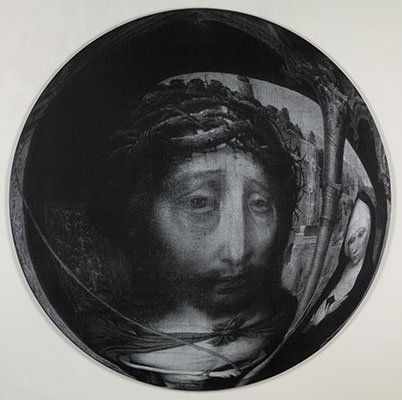
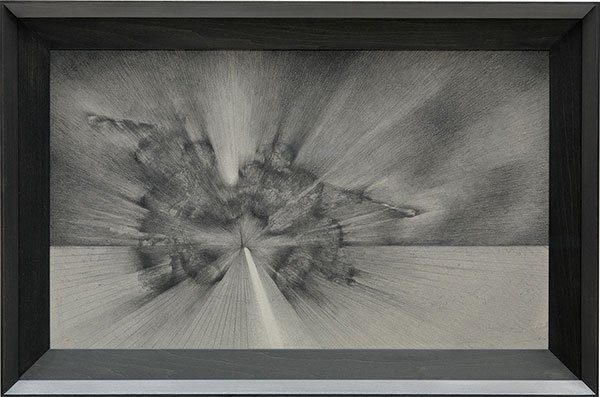
“A perspectival study for the painting The Break of Day using force rather than light to disintegrate the dueling strangers.”-pm
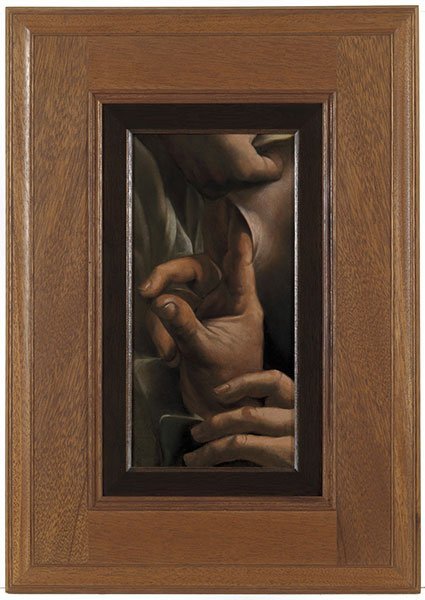
Maallo goes on to explain: “Giving the composition a quarter turn, and cropping out the identities of the participants, certainly blurs the act being performed. But the proposition espoused by the original remains intact in the new composition; there are frightening and wonderful things at the crossroads of trust and permission.”
This exhibition included a limited-edition book, also titled Found In Translation, the first section of which comprises an essay on the possibility of translating an image, and it also touches on themes of originality, ownership, and peeling away the layers of meaning of an iconic work. The second section contains cropped images of the paintings paired with text fragments that elucidate some part of how the works were conceived.
Perhaps even smaller than La Bodega (not an easy feat), Ground Floor Gallery in Park Slope was the brainchild of current owners, Krista Scenna and Jill Benson, both independent curators who opened the gallery in 2013 to highlight the work of emerging and underrepresented artists. “Emerging” is certainly the appropriate adjective to describe Italian multi-disciplinary artist, Angelica Bergamini, who specializes in constructing visual landscapes that raise important questions about our relationship to the environment.
In From the City to the Cosmos, Bergamini began by putting out a call for artist friends to donate unwanted paper materials/discards for the show. She then created collaborative paper sculptures from their donated paper scraps during the run of the exhibition. Her embrace of “all forms of used, neglected or undesired paper: anything from your sketches and proofs to notes and failed drawings paintings or any other paper product” subverted our notion of “garbage.”
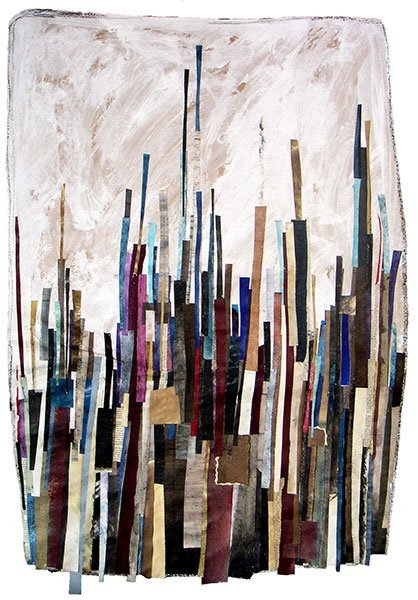
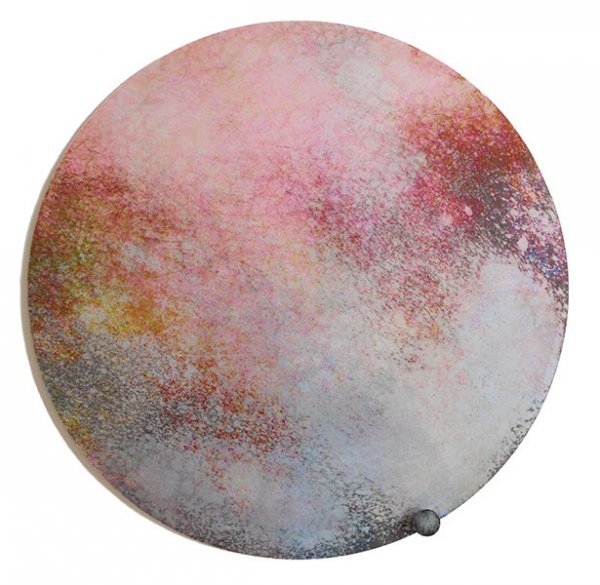
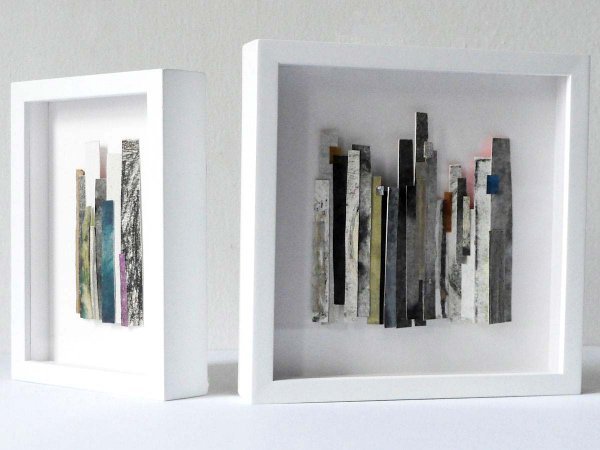
NY #2, 2019. Collage, recycled paper scraps (acrylic, charcoal, sand, ink, etching print, Chinese Tissue Joss Paper Gold), 5 1/2” × 2 4/5” × 1”
Bergamini’s idea for this theme began in 2005 after moving to New York City. In keeping with the transformed “landscape” of her travels, she began saving as many scraps of paper from her “old works, experiments, tests, anything as I could” after graduating from the Fine Art Academy in Florence. Ten years later, her visual landscape changed again, this time from the city to the global “Cosmos”; from the particular to the universal, while again using repurposed, recycled materials to create the works. Bergamini’s palette takes shape today as a evocative project where each piece of paper is a “story” linked to a different person, each work becomes a sort of collaboration, and scraps of other artists’ works become integral components of the piece…and of the message to tear down walls between people and to recognize our collective responsibility to the planet.
In contrast to the other two spaces, Welancora is neither a storefront gallery nor a place you would likely identify as a venue for art unless you knew about it ahead of time. And plenty of people clearly do know about this beautiful space, which occupies the second floor of Ivy N. Jones’s townhouse near the confluence of Crown Heights and Bedford Stuyvesant. Welancora, which derives from an amalgam of the names of her parents and older brother, is an especially comfortable and personal setting for Jones to bring the work of artists from around the world to the attention of major collectors and museums, through exhibitions and scholarly catalogue collections.
A lifelong Brooklynite, her passion for art began after taking a photography class in high school. Over time, Jones’s focus gradually evolved from creating art to marketing, showcasing and selling works in her gallery by those whose work she felt were especially deserving of attention. Her goal has also been to create a better understanding of art history as a whole and of the contribution by people of color to the canon. To accompany its shows, Welancora has presented musical events and artist-led discussions.
This spring, Jones welcomed prolific painter and Tabla Rasa gallery co-owner, Audrey Frank Anastasi (documented for her own curatorial process in a previous art roundup) for a dynamic series of mixed-media collages, EnSamblage. In her introduction, Anastasi describes her process as “the intersection of disciplined control and randomized instinct,” a description that accurately captures the power and majesty of the images which she notes were “created first in the presence of a live model, working quickly, in charcoal and pastel, and again, later, alone in the studio, furiously tearing and pasting images from magazines, various language newspapers, print publications, and previous drawings.” The title, EnSamblage, is an invented word that describes both a musical ensemble of parts, and a visual assemblage of elements.
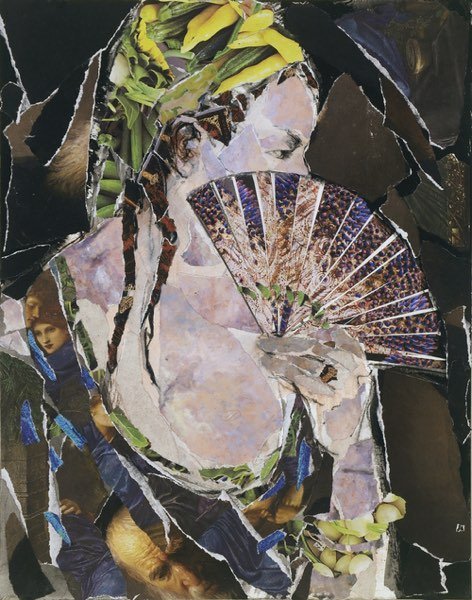
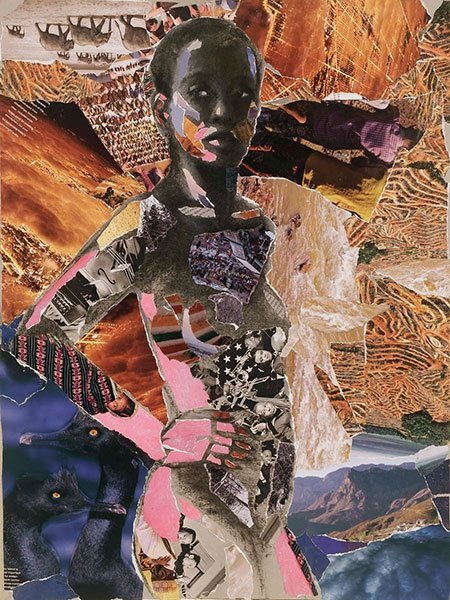
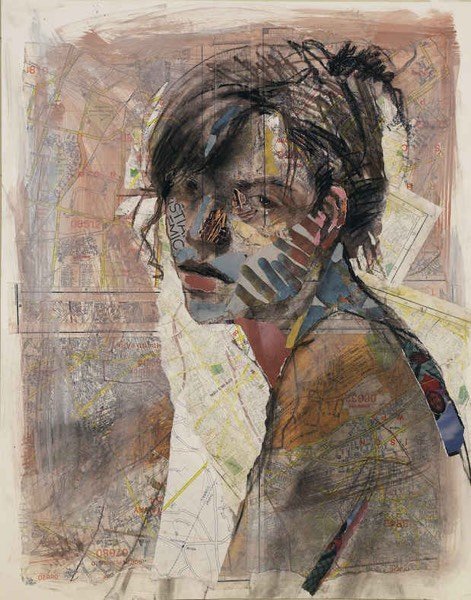
The intimacy of Wellancora is the perfect setting to take in the power and beauty of Anastasi’s hypnotic fusing of painting and collage; in every piece, the viewer is brought into communication with its female protagonists who conversely all feel as if they could be talking to each other. As a self-described feminist artist, she makes good on her goal of painting exquisite figurative depictions of women’s human faces and figures. Most uniquely, Anastasi has drawn aspects of the images with her non-dominant left hand in her “quest to discover and reveal what is most essential.”
So the next time you are in the mood to see new work from artists you may never have heard of, consider the small, community-based galleries in your city or town. And if you live in (or are visiting) Brooklyn check out what is going on in these three spaces…or in dozens more like them.
If you are interested in becoming an art correspondent for WTP, please inquire at wtp@thewoventalepress.net
Copyright 2019 Woven Tale Press LLC. All Rights Reserved.

